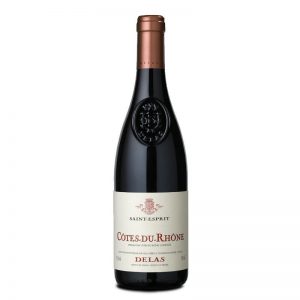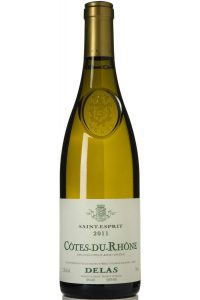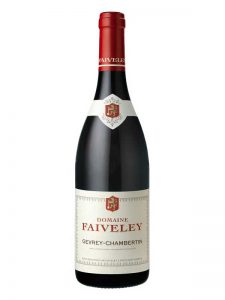Full bodied, smooth and velvety, but approachable and versatile in its food pairings. Combines simplicity with style, strength and majesty. This is the original Supervenetian created by Masi in 1964 and internationally recognised as a wine of “stupendous body and complexity”, the prototype for a new category of wines from the Veneto inspired by the Amarone production method (Burton Anderson). Its own production method was
described by Hugh Johnson as “an ingenious technique”.
Serving temperature: 18° C
Alcoholic content: 13% vol.
Storage life: 15-20 years
Grape varieties
Corvina, Rondinella, Molinara.
Apassimento
Masi’s expertise in grape drying technique.
Tasting notes
Look: intense ruby red.
Nose: ripe cherries and sweet spices.
Palate: rich, intense cherries and berry fruit; good length and soft tannins.
Food pairing
Exceptionally versatile. Good with pasta dishes dressed with rich sauces
(meat or mushrooms); grilled or roast red meat, and game. Ideal with
well-aged cheese.










